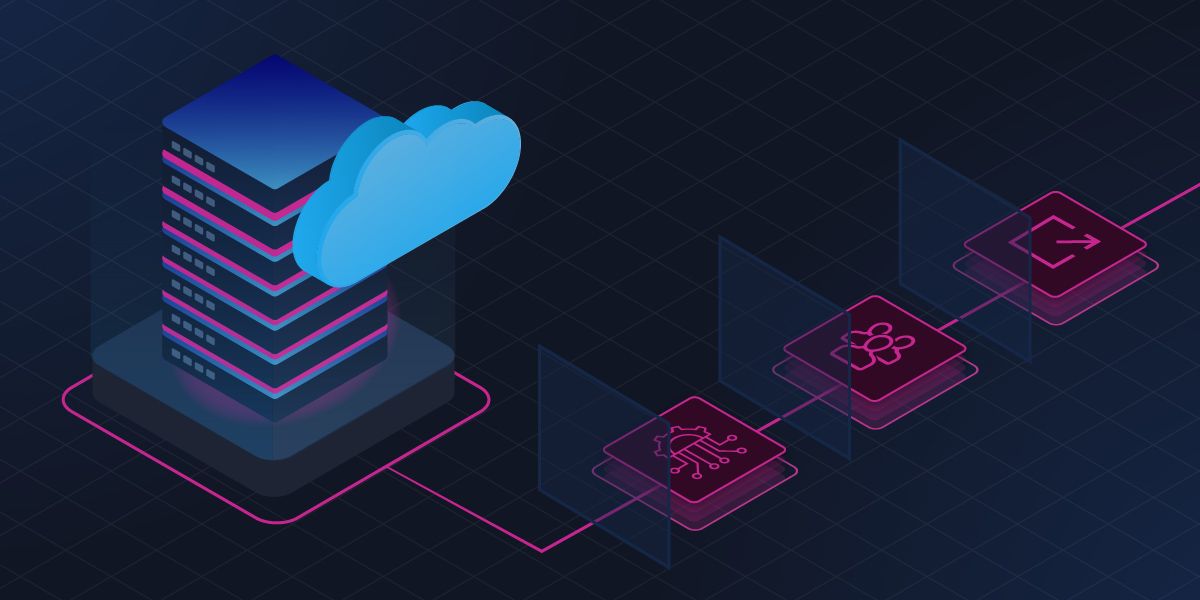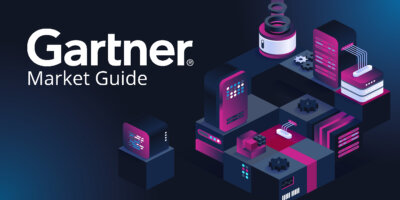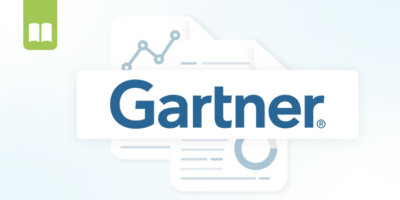As organizations accelerate their transformation initiatives, networks are becoming more cloud-centric, multi-domain, and multi-vendor, allowing enterprises and service providers to offer high-value services with optimal performance at minimal operational cost.
But in order to see the true value of these benefits, organizations need to address the challenges associated with highly complex and distributed networks that require orchestration and automation to maximize the full value of the network.
The continued drive for new revenue opportunities, evolving operational systems, and complex infrastructures pose challenges for organizations — specifically as they relate to innovation and technology adoption. As a result, organizations are implementing automation and orchestration solutions built for multi-domain infrastructure so they can seamlessly integrate with existing sources of truth and IT systems to enable end-to-end orchestration.
So far, the network orchestration market has been predominantly composed of development-heavy platforms and open source software frameworks. Subsequently, most orchestration initiatives have required significant investments in professional services and software development expertise to deploy and maintain, diminishing business value by increasing total cost of ownership and extending program durations unnecessarily.
Enterprises and service providers need platforms that enable them to offer high-value, emergent services with optimal performance at a minimal operating cost.
Deploying Large-Scale, Multi-Domain Network Orchestration: Challenges & Solutions
Two areas that have a significant impact on solution flexibility are cost to implement and total cost of ownership are data representation models — how the data within and between domains will be structured — and communication interfaces — how the domains will talk with each other and work together. These two components have a significant impact on deploying large-scale multi-domain orchestration, presenting a difficult, but necessary, hurdle for orchestration architects: establishing agreement on how data should be structured and represented within the data models, and how communications between the interfaces should be defined.
Specifically, there are three core roadblocks that need to be addressed to enable multi-domain orchestration:
- Relying on standardized data models and interfaces takes time and limits flexibility.
- Technology — especially the disruptive kind — is unpredictable.
- Development-heavy platforms come with rising costs.
Time & Flexibility
While a standards-based approach to integration reduces effort and typically offers faster implementation versus development-driven integration, it does offer some limitations. The first challenge is while standards lag behind new technologies and capabilities, changes can take several months, sometimes even years and most organizations don’t have the luxury of time. Standards provide a common, generic set of APIs that can be applied to products from multiple vendors. With this, it’s important to understand that standards typically follow a “lowest common denominator” model, where the focus of the APIs is on features and functionalities that are common to all platforms. However, every service offered on a standards-based approach will be the same as a service offered by a competitor. Even if an organization wanted to apply a unique feature, there is no support provided.
Unpredictable Technology
Some orchestration platforms are designed to support specific data models or technologies, so when disruptive technology comes along, the platforms aren’t flexible and nimble to change. This was evident when the industry shifted to containers as the preferred method for application deployment instead of virtual machines. Systems that were focused on virtual machine orchestration were ill-equipped to pivot to containers. To adapt to evolving technology, orchestration systems, and tools need to be flexible and easily adaptable to change.
Cost
With costs rising in every industry, organizations are even more sensitive to it – and there are several factors that can drive cost when implementing a platform: software licensing costs, workflow development, customizations, and new feature developments. The total cost of ownership and the migration of systems have both become big factors when choosing an orchestration platform. But working with a vendor that offers modern no-code capabilities such as code-free integrations and dynamic object creation allows teams to develop and manage their orchestration and automation flows.
So How Do You Address These Challenges?
Understanding the design principles needed for an orchestration platform will help overcome the challenges discussed earlier. There are three design principles that are necessary to incorporate when designing and choosing a platform:
Rapid Integration Capabilities & Flexibility Are Mandatory
Over the past few years, the networking industry has seen a shift from CLI-centric implementations toward APIs and protocols like NETCONF/YANG. Greater programmability of the network layers enables greater control over the network and services, but only if the orchestration platform can integrate with the systems. Rapid integration that can be implemented within minutes eliminates integration costs while providing a more robust orchestration flow.
Accessibility of Orchestration & Automation, Regardless of Domain or Development Skill Level
Because automation and orchestration platforms have been based on older, development-heavy software technologies, significant and ongoing investment is required to maintain them. Organizations need a platform built on a low-code paradigm with open source, pre-built workflows and orchestrations that allow the end user to deploy immediately. This accessibility allows the technical community to participate directly in the development and testing, leverage their expertise, and work with the tools at their disposal.
Orchestration Must Be Highly Scalable
The continued growth and rate of change in network infrastructure has created a large demand on the orchestration layer. Organizations need a solution that is built on a modern technology stack designed to scale up to the largest networks while supporting multiple deployment options.
As more organizations implement multi-domain automation and orchestration capabilities, they should draw from their first-hand experiences and use the feedback to evolve their decision-making criteria when expanding their orchestration platforms. Organizations that choose multiple vendors for their multi-domain orchestration solution are in a position to win and lead within the industry as they focus their competencies on rapid integration and ecosystem management.
To enable multi-vendor environments, it’s also important to adopt platforms that provide the integration support needed for efficient automation across diverse technologies. For enterprise organizations and service providers alike, breaking the silos of network automation and enabling cross-domain orchestration can deliver significant efficiency gains. The Itential Automation Platform is built for complex, multi-vendor environments, leveraging published API documents to easily integrate with other systems so users can orchestrate automated workflows across any network domains, IT systems, and networking technologies.





